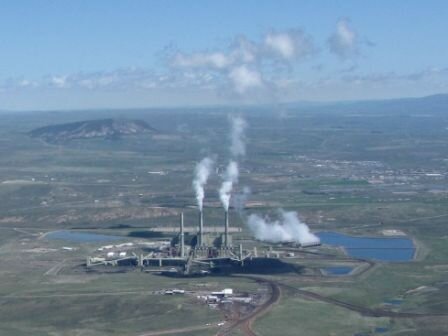Project Overview
Project Goal
 Craig Colorado powerplant.
Craig Colorado powerplant.The state of Colorado is rich in natural resources and minerals. In ancient times, gold was even mined there. To learn more about the geological structure of this state, you can read a book about it or buy a book report at https://qualitycustomessays.com/buy-a-book-report/
The goal of the three-year project is to evaluate and better understand the geological formations at a site near Craig, CO to determine whether these formations are suitable to safely, permanently, and economically store (or sequester) carbon dioxide (CO2) as a technology for mitigating the effects of climate change.
This project will also help determine the carbon sequestration potential throughout the Rocky Mountain region.
Previous studies of the Craig area indicate that at 4% efficiency, two salt water-bearing formations (Weber and Entrada) have the capacity for sequestering 46.3 billion tons of CO2. The current project area comprises about 1/10th of the area previously analyzed. Therefore, the current project has the potential of sequestering 4.6 billion tons of CO2.
The project not only is important locally due to the location of Craig station, but also has regional implications because the Entrada and Dakota formations are widespread in the Rocky Mountains and Colorado Plateau. Given the rock formations’ size, it conceivably could serve as a regional sequestration sink for future power plants, natural gas processing plants, cement plants, oil shale development and other industries that are a significant part of western Colorado’s economy.
Next Section: Project Overview
